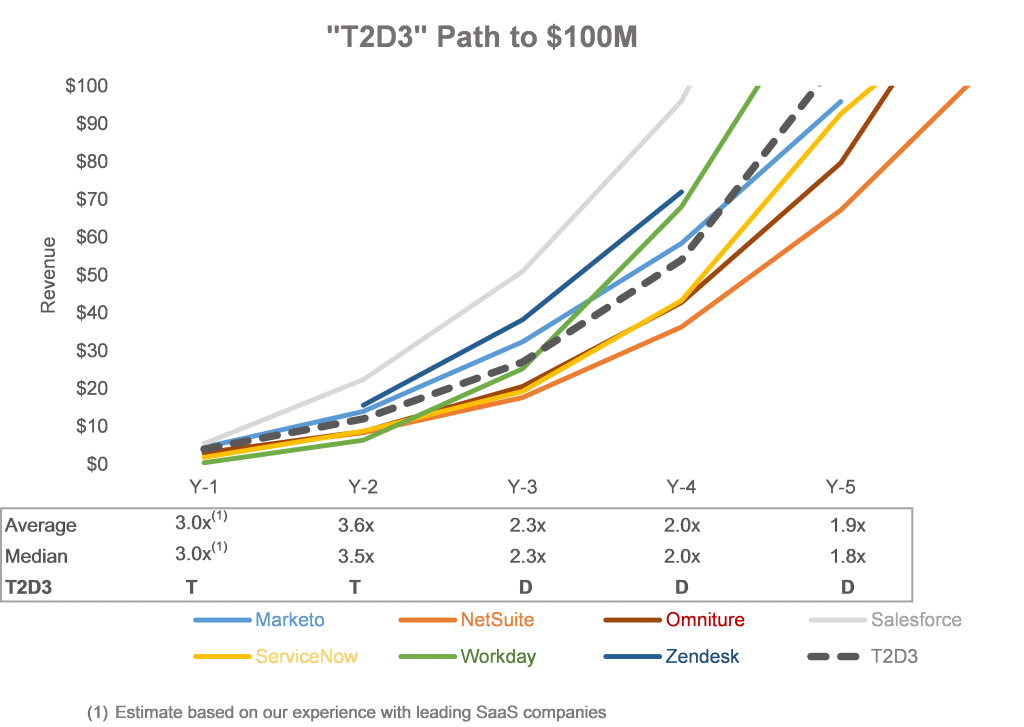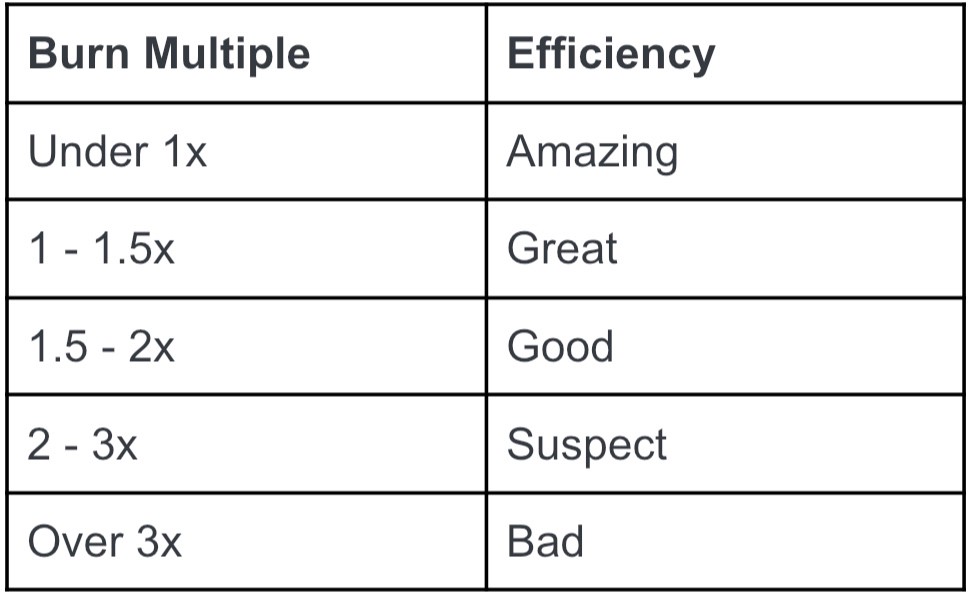Metrics
Created: Jul 26, 2020 at 12:35am
As you scale your business, your metrics will help you understand the overall health and growth of the business. Each industry uses slightly different sets of metrics. Consumer/social apps, market places, games, b2b/SaaS, biotech, etc. will use different metrics to track their success.
Let's focus on B2B/SaaS metrics for now, and eventually extend to other areas.
B2B Metrics

You may have heard of Triple Triple Double Double Double or simply, TTDDD to $100M ARR and beyond. Growth rate is important, as Startup = Growth, but also measuring/tracking the underlying metrics to understand the unique fingerprint of your business will be key to growing your company sustainably.
I'm a big fan of capital efficient growth as it gives the company ability to provide more customer benefits ([[VPC Framework]]) by having more legroom in being able to provide better flexibility in price, and also it gives more resources to invest back into product, growth, and people allowing you to build a lasting business.
Below are some metrics that you should know about your business, and ideally have an internal dashboard to look at as close to real-time as possible.
Growth metrics
- ARR/MRR & growth rate: Annually Recurring Revenue (ARR) or Monthly RR, is self-explanatory. What's important is to not include any one-time fees (e.g. installation fees, special feature development fees, etc.) that are not recurring. Make sure to separate out what's recurring and what is not. Ideally, you want to have breakdown into monthly, quarterly, semi-annually, YTD, and yearly.
- Gross ARR: This is how much in total new & upsell ARR bookings you closed in the period.
- Net New ARR (new, upsell, churn, downsell): This is how much in net new (+ new + upsell - churn - downsell) you were able to achieve in the quarter.
- Benchmark growth rate: Best-in-class companies tend to be on that TTDDD track or faster. >100% YoY growth < $100M is considered fast & best-in-class. 50-100% YoY growth is semi-fast. < 50% is where you become part of the average group. According to KeyBanc 2019 SaaS Survey "Median organic growth in ARR in 2018 was +40% and +35% for companies >$25MM"
- Net $ retention: This tracks how much customers are paying 1 year after them becoming customers.
- For example, if a customer started their contract at $10,000 / yr on Y1, then became $12,000 / yr on Y2, then their net $ retention is 120%. Of course, you want to combine all customers and their upsells, churns, and downsells to track this metric.
- This can be calculated in two ways. Cohort-basis or annualized quarterly-basis. If you have a highly fluctutating cohort metrics (esp. if your business is driven by large deals), then use the annualized quarterly net $ retention as it blends out the number.
- Gross $ retention: This tracks how much customers ARR retain after 1 year. This is not inclusive of upsells. It looks at churn/downsells, so that you can understand how much loss of ARR is happening on a yearly basis.
- Gross Margin (& COGS): Gross margin is your revenue minus Cost of Goods Sold (COGS). You should be tracking the gross margin ratio to understand how much you are left to invest into your business after your COGS is taken out.
- For B2B/SaaS: COGS tends to be server costs, payment fees (e.g. credit card, wires), customer success payroll, etc.
- A good SaaS business may have 80-95% of gross margin %. Cloud infrastructures tend to have a bit lower (60-80%), and other lower-level infrastructure or software that relies on 3rd-party infrastructure (e.g. telcos) may have < 60% GM.
- As a B2B/SaaS, if your gross margin is < 50%, investors will start to worry about your long-term sustainability and commoditization, so make sure to track your GM to be at least > 60% in the early days. If you are not paying for a lot of servet costs, then your GM will be high and you'll be safe, unless it goes into commodity/price competition to a downward spiral.
- (Average) ACV: Annual Contract Value (ACV) is how much on average customers pay for the year of contract. You need to bmeasure it broken down by new logo ACV, expansion ACV, and blended total ACV. This amount will show you what business you are in and the likely go-to-market motion — SMB, mid-market, enterprise, strategic, or even government. A classic post on five ways to build $100m business is a good article to understand the differences.
- # of customers: The obvious. This combined with your ACV will give your ARR #.
- CAC & CAC Payback Period: Customer acquisitoin cost (CAC) and its payback period
- Burn multiple (or cash efficiency): Net Burn / Net New ARR. This measures how much you are spending to bring a $1 of ARR.
- NPS: Net promoter score shows how happy your customers are and can be a proxy to understand your retention/churn, word-of-mouth, etc.
- This is quite a lagging indicator, so you need to measure some of the leading/operating metrics like customer healthscore, CSAT, etc.
- Ideally you want your NPS to be at least > 20, but more towards > 40-50. This means your product is beloved.
- Related articles
- Others: Below are some GTM efficiency metrics that some investors wil measure. You don't have to look at everything, but picking one can be helpful to build a lense for capital efficiency.
- Quick ratio
- Magic number
- Rule of 40%
- LTV & LTV/CAC
Operational metrics
- Pipeline (Raw, weighted, and AE forecast)
- Leads, SQL, MQL, and opportunities
- Sales cycle (days)
- Inbound vs outbound pipeline & ARR
- Win/loss ratio
- Sales quota attainment & capacity
- Sales ramp-up period
- DSO: Days sales outstanding
- Burn rate (= net burn), runway, & cash balance
- ARR / FTE: ARR per full-time employee



